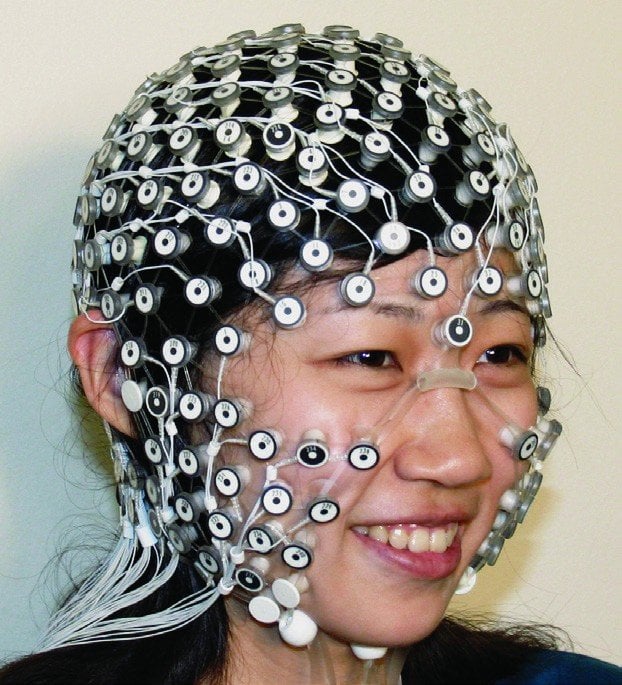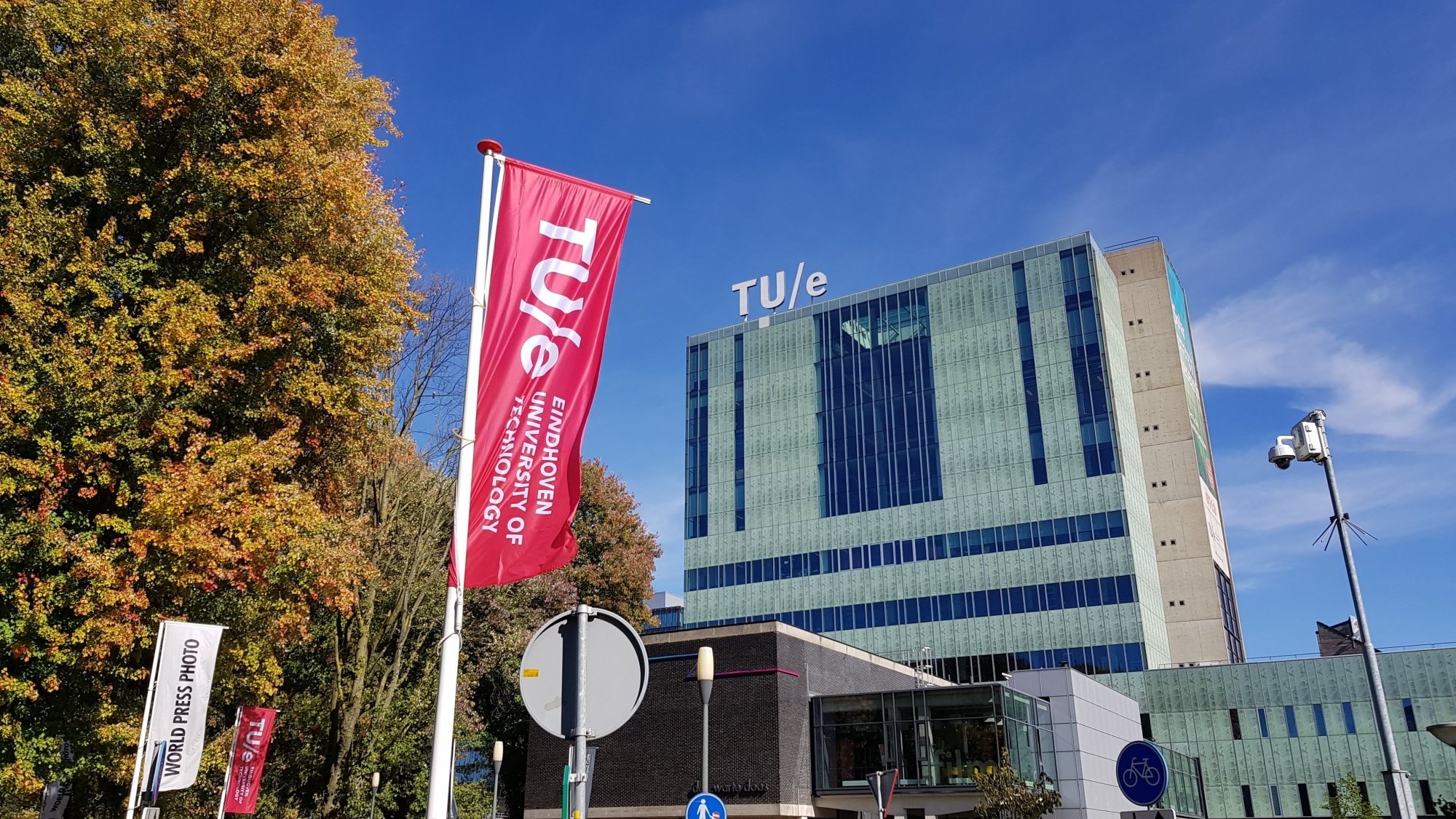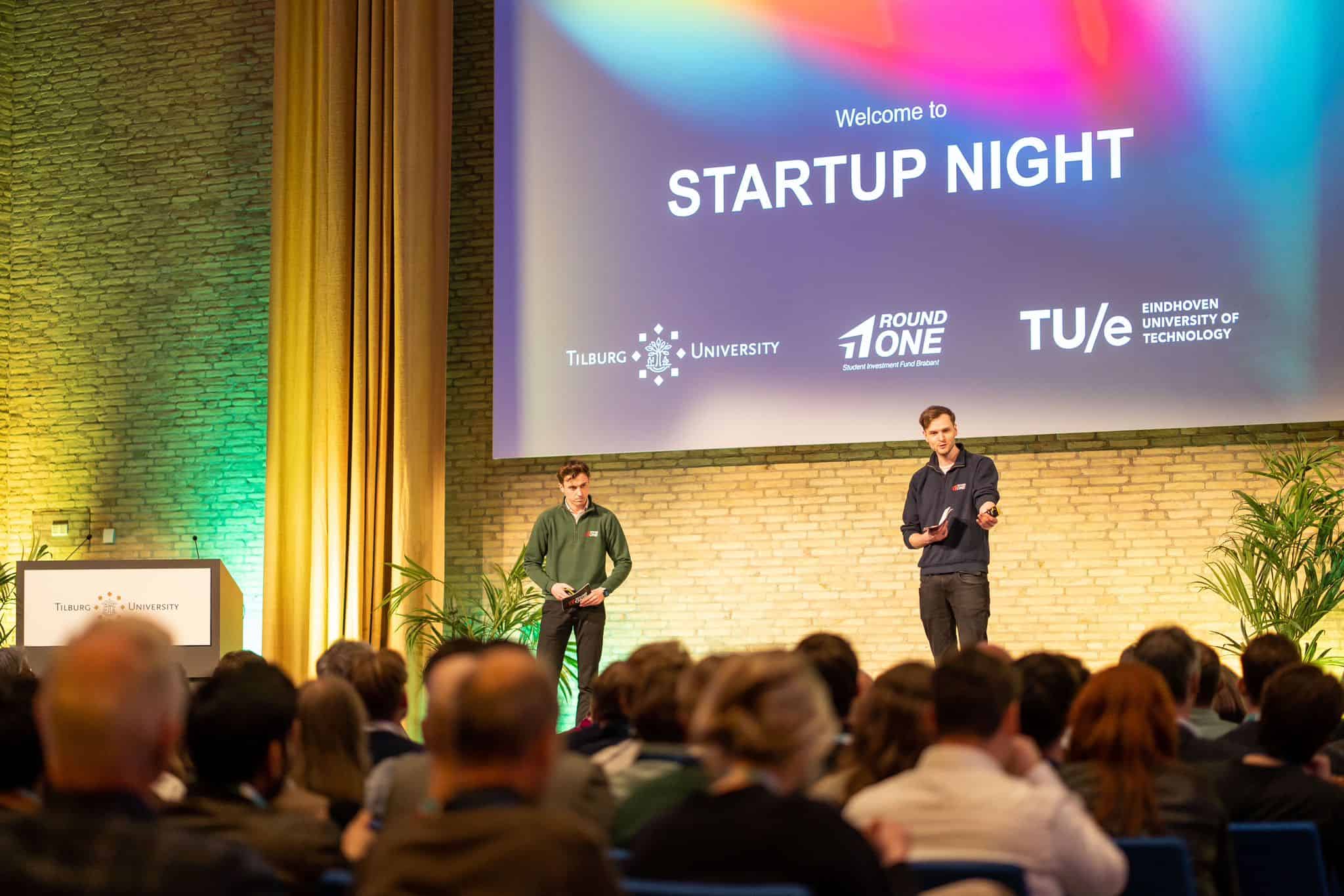
For people with epilepsy who do not respond to medication, deep brain stimulation (DBS) can be a last resort. This operation, in which electrodes are applied to the brain to stimulate a certain area, is very drastic. Therefore, researchers from the TU/e, Kempenhaeghe, the University of Ghent and Philips Neuro are working on a method to stimulate brain regions from outside. Instead of placing electrodes deep in the brain, they stick them on the head. As a result, a long operation is no longer necessary for people with severe epilepsy.
About 120,000 people in the Netherlands suffer from this disease, about thirty per cent of them do not respond to the medication and continue to suffer from seizures. For this group, electrical brain stimulation can be a solution. During surgery, a neurologist places electrodes very precisely in the brain, which deliver shocks to stimulate the right brain area. With treatments without surgery, this accuracy is often a problem. Scientists are not yet sure where exactly in the brain the stimulation should be given and from the outside, it is more difficult to reach the right place with the electric impulses.
New instrument
The researchers expect a new Philips medical instrument to provide the solution for focal seizures; seizures in a specific part of the brain. This is a system with 256 electrodes that not only measures brain activity (EEG) but can also apply very targeted current. Project leader and technical research leader Rob Mestrom of Eindhoven University of Technology: “This instrument, therefore, offers us the unique opportunity to see more accurately than before where exactly in the brain an epileptic seizure takes place. We can then stimulate precisely that point and measure the effect directly. This gives a personalized approach because it is tailored to the readings of the individual patient.”
The basic idea of the project, called PerStim, is simple, says Paul Boon, clinical research leader and professor at UGent and TU Eindhoven. “When we have located the source of the seizure, we target an electrical stimulus at that spot that is exactly the opposite of the measured activity. As a result, the seizure should be ‘extinguished’. We will investigate this with both direct and alternating currents.”
1,9 million research budget
The first step in the research project is the development of a personalized calculation model to accurately reconstruct the epileptic focus. The researchers will then determine the stimulation parameters to achieve the desired focus of the stimulation. Then they will look at how they can best measure the effect of stimulation. The results will gradually be applied in clinical trials. Two PhD students and a postdoc will be appointed for the project. The research, with a budget of 1.9 million euros, is part of Eindhoven MedTech Innovation Center (e/MTIC), a broad research collaboration between TU/e, Kempenhaeghe and Philips, among others.
Last year, the efficacy of non-invasive brain stimulation was questioned in the leading scientific journal Cell. In a study using measurements in the brains of recently deceased subjects, most of the electrical stimuli did not reach the intended area at all. Paul Boon: “Our research will enable us to answer the question of whether it works, and we will show you how you can apply this in a personalized way to focal epilepsy.”
The start of the PerStim project coincides with the appointment of Paul Boon as a part-time professor at the Eindhoven University of Technology in the Neuromodulation chair. Boon is a neurologist, head of the neurology department at the University Hospital and since 2002 Professor of Neurology in Gent. He was director of research and development at Kempenhaeghe for twenty years and has been a strategic advisor to the board of directors since 2018. His appointment stems from years of collaboration and from an agreement signed in 2016 in the presence of Mark Rutte and Geert Bourgeois, the prime ministers of the Netherlands and Flanders, for research into brain ageing. In this context, Gent University, Gent University Hospital, Eindhoven University of Technology and Kempenhaeghe established the intention to collaborate on research into brain ageing. The appointment of Boon in Eindhoven, as of February 1st, is being financed by the Epilepsy Fund.
Photo: (c) Philips








